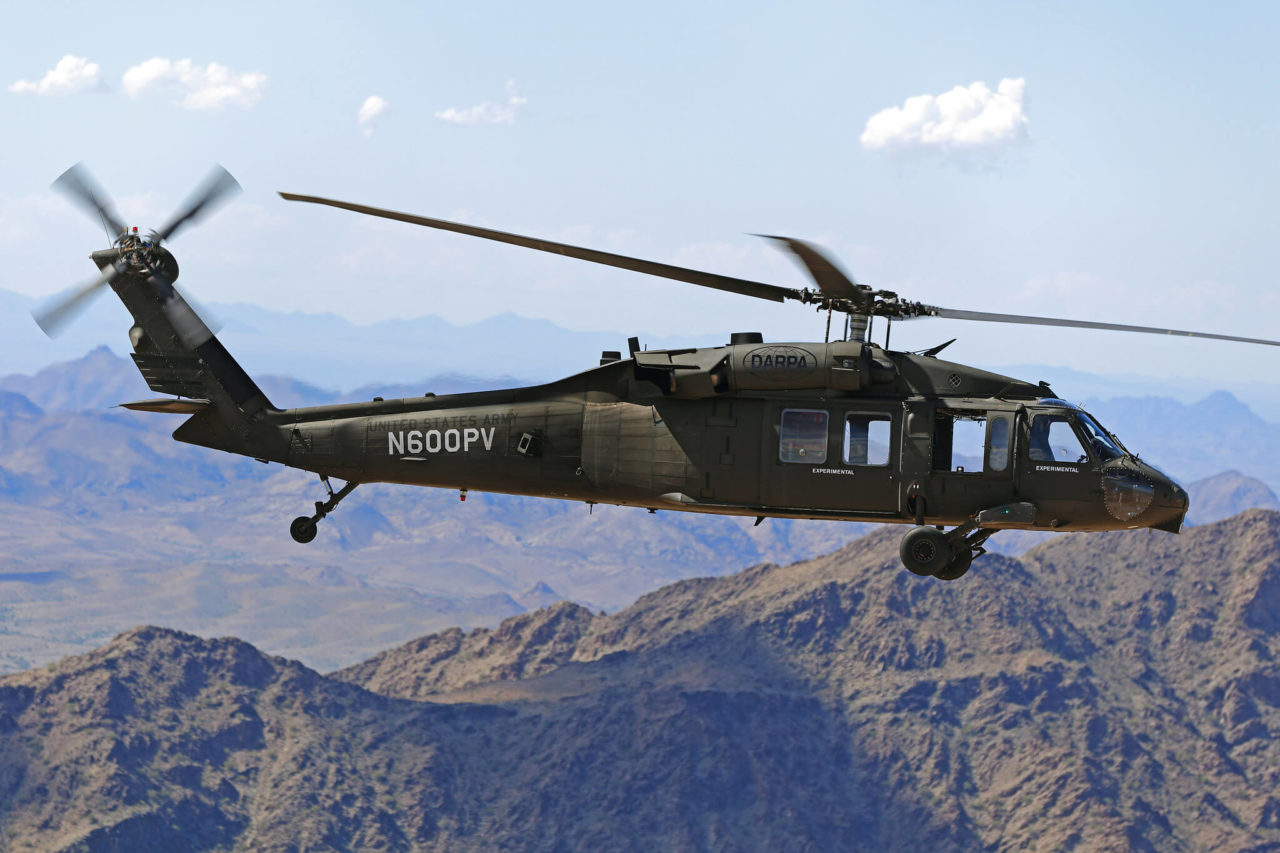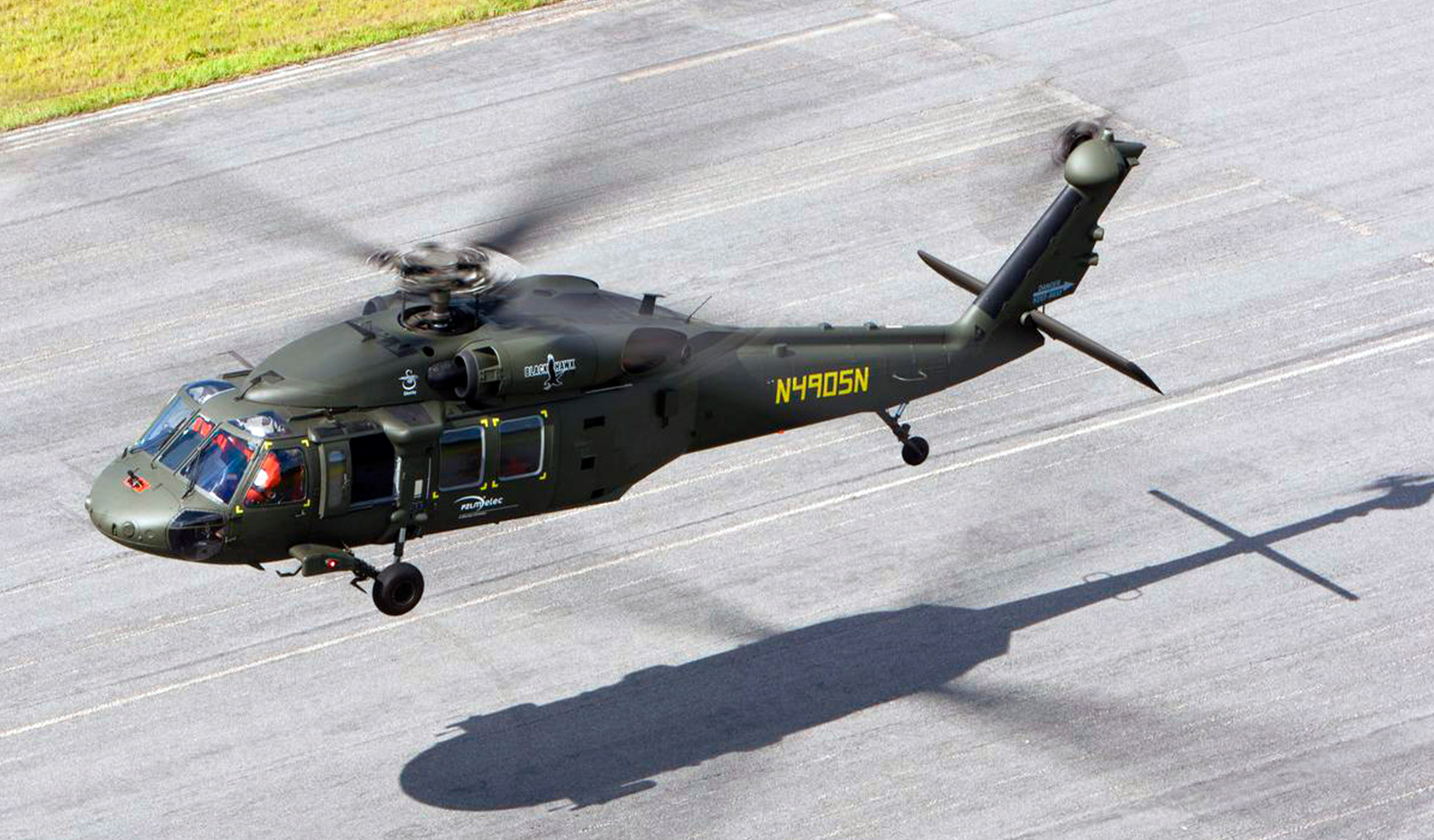Revealing the Sikorsky S 70: Technologies and Developments in Helicopter Engineering
Revealing the Sikorsky S 70: Technologies and Developments in Helicopter Engineering
Blog Article
High-Performance Multi-Role Rotorcraft Featuring Advanced Cabin Technologies and Integrated Sensor Solutions
The world of rotorcraft modern technology has actually seen noteworthy improvements in recent times, specifically in the world of high-performance multi-role rotorcraft furnished with sophisticated cabin innovations and flawlessly integrated sensor systems. These technologies have not only boosted the functional abilities of rotorcraft but have actually also considerably impacted contemporary aeronautics operations on numerous fronts. From boosted goal adaptability to improved operational effectiveness, the merging of innovative cockpit modern technologies and incorporated sensor systems has introduced a new age of opportunities for rotorcraft applications. In the following conversation, we will certainly check out the evolution of rotorcraft technology, delve right into the world of sophisticated cabin innovations, and examine the effects of integrated sensor systems on the functional convenience and efficiency of modern rotorcraft.
Advancement of Rotorcraft Technology
The advancement of rotorcraft technology has actually been marked by substantial innovations in aerodynamics, materials, and propulsion systems, shaping the capabilities and performance of contemporary rotorcraft. Furthermore, advancements in propulsion systems, including a lot more effective engines and cutting-edge propulsion innovations, have made it possible for rotorcraft to attain higher altitudes, faster rates, and greater hauls.
These improvements have not just changed the abilities of rotorcraft yet have also broadened their applications throughout numerous markets, including army, industrial, and emergency situation solutions. The continuous development of rotorcraft innovation remains to drive development in the field, pressing the boundaries of what is possible and forming the future of vertical trip.
Advanced Cabin Innovations
Structure upon the foundational innovations in the rules of aerodynamics, products, and propulsion systems, the world of rotorcraft innovation currently changes emphasis in the direction of pioneering Advanced Cabin Innovations. The combination of innovative technologies within the cabin environment plays an important role in boosting the operational capacities, security, and performance of contemporary rotorcraft. sikorsky s 70. Advanced Cabin Innovations incorporate a broad range of attributes made to supply pilots with improved situational awareness, streamlined data management, and instinctive control user interfaces
One of the vital improvements in cockpit design is the application of glass cockpits, which change standard analog gauges with high-resolution screens. These electronic systems supply adjustable layouts, real-time information assimilation, and boosted readability, enabling pilots to gain access to crucial details at a glance. Moreover, advanced avionics systems, such as fly-by-wire controls and augmented reality display screens, are reinventing how pilots communicate with the airplane, enabling accurate control and improved decision-making capacities.


Integrating innovative cabin innovations not just boosts pilot efficiency however additionally adds to overall objective efficiency and safety in intricate operational settings. By leveraging state-of-the-art technologies within the cabin, rotorcraft suppliers are establishing new standards for functional excellence and objective success.
Integrated Sensor Solutions
With the evolution of rotorcraft modern technology, the integration of sophisticated Integrated Sensing unit Solution has actually become paramount in improving functional performance and safety and security. These Integrated Sensing unit Equipments encompass a wide array of technologies that give vital information for numerous features such as navigation, monitoring, targeting, and environmental surveillance. By flawlessly incorporating sensing units like radars, electronic cameras, lidar, and infrared systems into rotorcraft, drivers can gain from enhanced situational recognition, enhanced mission abilities, and lowered pilot workload.
One secret benefit of Integrated Sensing unit Systems is their ability to gather real-time information and give actionable understandings to pilots and goal drivers. Progressed radar systems can spot and track targets over additional reading long distances, permitting for very early risk detection and efficient action preparation. In addition, incorporating infrared and electro-optical cams makes it possible for rotorcraft to perform reconnaissance and security goals with accuracy and precision.
Fundamentally, the assimilation of cutting-edge sensing unit modern technologies right into rotorcraft not just enhances functional performance but also contributes substantially to total goal success and team security. As rotorcraft proceed to evolve, the role of Integrated Sensing unit Equipment will unquestionably continue to be at the forefront of technology in the aerospace industry.
Functional Convenience and Effectiveness
Enhancing functional convenience and performance in rotorcraft is a natural progression from the assimilation of sophisticated Integrated Sensor Equipments. By leveraging the data and understandings offered by these sophisticated sensing unit systems, rotorcraft can enhance their performance across numerous objectives and atmospheres.
Functional versatility encompasses the ability of rotorcraft to adjust to various functions and circumstances efficiently. With advanced cockpit innovations and incorporated sensing unit systems, rotorcraft can perfectly shift between jobs such as search and rescue, medical evacuation, monitoring, and extra. This adaptability enhances the rotorcraft's ability to meet diverse operational demands without requiring comprehensive reconfiguration.
Efficiency in rotorcraft procedures is vital for making the most of goal effectiveness and source utilization. Integrated sensor systems play a crucial role in improving functional efficiency by offering real-time information on climate condition, surface mapping, target tracking, and much more. This information enables pilots to make educated choices promptly, optimize trip courses, conserve fuel, and improve total goal productivity.
Influence On Modern Air Travel Procedures

In addition, the assimilation of sophisticated sensors helps with enhanced mission planning and execution, making it possible for rotorcraft to do a variety of jobs with improved precision. From search and rescue operations to aerial firefighting and legislation enforcement goals, the abilities of modern-day rotorcraft geared up with innovative cockpit modern technologies and integrated sensor systems are exceptional.
Additionally, the influence of these developments expands beyond functional effectiveness to cost-effectiveness and sustainability. By optimizing trip courses, gas usage, and upkeep schedules, high-performance rotorcraft equipped with innovative cockpit technologies and sensors add to reducing operational expenses and environmental impact, making them essential assets in modern air travel procedures.
Verdict
To conclude, the high-performance multi-role rotorcraft with advanced cockpit innovations and incorporated sensor systems stands for a considerable advancement in aviation modern technology. These technologies improve functional flexibility and efficiency, inevitably influencing contemporary air travel operations in a favorable way. The assimilation of these advanced innovations enables improved capacities and efficiency in numerous goal situations, showcasing the continued innovation of rotorcraft technology in the aviation market.
The realm of rotorcraft technology has actually seen noteworthy advancements in recent times, specifically in the realm of high-performance multi-role rotorcraft geared up with advanced cabin innovations and effortlessly integrated sensing unit systems. From improved mission versatility to improved functional efficiency, the convergence of innovative cabin innovations and incorporated sensing unit systems has ushered in published here a brand-new era of opportunities for rotorcraft applications. In the following conversation, we will certainly discover the evolution of rotorcraft innovation, delve right into the world of innovative cabin advancements, and analyze the ramifications of integrated sensing unit systems on the functional adaptability and performance of modern-day rotorcraft.

Report this page